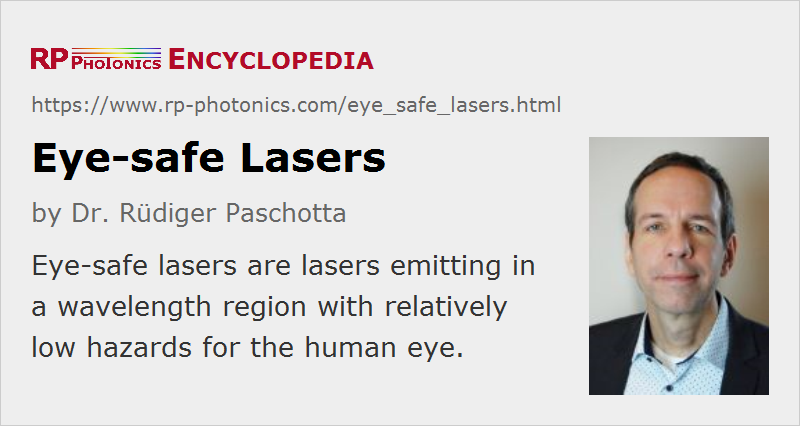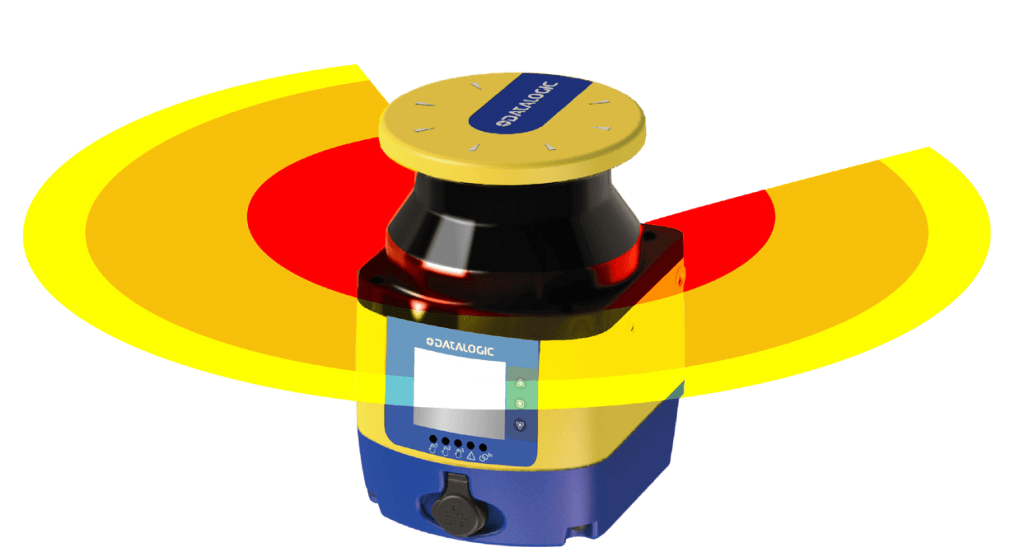What Can Low-Level Safe Laser Therapy (Lllt), Help Ulcerative Wounds?
Low-level laser therapy (LLLT), which is a form of low-level light that can treat skin ulcers through different mechanisms. It boosts collagen synthesis the activity of fibroblasts and angiogenesis (formation of new blood vessels) and all of these are important processes to heal wounds. This may speed up the healing of wounds caused by ulcers.
Reduced Inflammation - LLLT reduces inflammation through blocking pro-inflammatory cytokines, and increasing anti-inflammatory mediators. In ulcerative wounds, where inflammation can delay healing and cause damage to the tissue, LLLT can help reduce inflammation and help create a conducive environment for healing.
Pain Relief – LLLT alleviates pain in ulcerative lesions, which may cause discomfort and substantial pain.
Improved Blood Circulation LLLT improves vasodilation and microcirculation that results in increased blood flow to the wound site. Increased blood circulation provides oxygen and nutrients to tissues, which aids in healing and helping to eliminate of waste products and toxins from the wound.
Antimicrobial Effects- LLLT has been proven to have antimicrobial effects, which may help decrease the risk of infection ulcerative wounds. LLLT helps to clear bacterial waste and reduces the risk of infection in wounds.
LLLT minimizes the formation of scars by encouraging the regeneration of tissues and the remodeling. LLLT increases collagen production and helps align collagen bundles in order to create an even, better-organized scar. This results in better aesthetic results.
Overall, low-level Laser therapy with Safe Laser promotes faster recovery with less pain, and better results for wounds. It's best to consult a healthcare provider for the appropriate treatment and care of ulcerative wounds before using LLLT. See the best safe laser 500 ár for site examples including safe laser bérlés, safe laser készülék, mozgásszervi betegségek kezelése, lágy lézer kezelés, lézeres fájdalomcsillapítás, lágylézeres készülék, orvosi lézer készülékek, lágylézer bérlés, lágylézeres készülék, lágy lézer and more.

How Does Safe Laser Aid With Ear, Throat, And Nose Issues?
Safe Laser Low-Level Laser Therapy (LLLT), can help with a range of ENT (ear nose, ear, and throat) problems by several mechanisms. Reduced inflammation- LLLT's anti-inflammatory properties can help to reduce swelling in the tissues around the ear and nose. It can help with issues like tonsillitis and sinusitis where inflammation is a factor in the manifestations such as nasal obstruction, sore throat, and discomfort in the ear.
Pain relief- LLLT reduces pain by affecting nerve conductivity and reducing the effects of pain mediators, such as the substance P. It can also help relieve pain from ENT ailments like sinus pressure or earache.
Improved Healing of Tissues- LLLT can boost the process of tissue repair and regeneration through stimulating cell growth and metabolism. LLLT is efficient for treating ENT conditions like pharyngitis or otitis (middle ear infection).
Improved Blood Circulation – LLLT promotes microcirculation by increasing vasodilation. This increases the flow of blood to the affected area. A better blood circulation will facilitate the transfer of oxygen and nutrients to the tissues, encouraging healing and lessening inflammation.
Antimicrobial effects - LLLT may have antimicrobial properties, which may help lower the bacterial load or viral burden within the nasal passages or throat. This can help treat infections like sinusitis or tonsillitis.
Relieves symptoms of allergic reactions - LLLT reduces inflammation of the sinuses and nasal passages and can help alleviate the symptoms of allergic rhinitis. This can decrease nasal congestion as well as sneezing.
Tinnitus Treatment- LLLT was researched as a treatment option for Tinnitus. Tinnitus causes ringing and buzzing sounds inside the ear. Although the precise mechanism behind the effects of LLLT are not fully understood, it may help to improve blood supply and reduce the inflammation in the hearing system. This may lead to the reduction of hearing loss.
Safe Laser low-level therapy is a non-invasive, medication-free method to manage ear nose and throat disorders. It can offer relief from symptoms, as well as speed up healing. Prior to using LLLT, consult with a specialist ENT to determine the cause and recommendations on treatment. Have a look at the best safe laser 1800 for site examples including lézer bérlés, lagy lezer, laser kezelés, laser lézer, orvosi lézer készülékek, lézer bérlés, lagylezer terapia, mozgásszervi problémák, lágylézeres készülék, otthoni lézer kezelés and more.

What Is The Time Frame For The Laser Device To Work On Acute Conditions?
The number of sessions required for an Safe Laser device to take effects on acute ailments will vary based on various factors such as the seriousness of the condition and the patient's response to treatment, and the specific treatment plan recommended by a medical specialist. In many instances, people may experience significant improvements in acute conditions after only one or two sessions. LLLT is often effective in cases of recent injuries and inflammation, as well as pain. In certain instances, patients might notice a decrease in pain, inflammation and swelling with just a few sessions of LLLT. To achieve more long-lasting effects However, it's best to have an entire series of LLLT treatment sessions spread out over a period.
The number of LLLT treatments needed for treating acute illnesses can vary based on the condition being treated, the severity of symptoms and other factors, such as the individual's general health and response to treatment. Healthcare professionals usually modify the treatment regimen according to the individual needs of each patient. This might include scheduling LLLT every week, for a certain amount of time.
To get the most benefit from therapy in acute illnesses It is essential to adhere to the prescribed treatment schedule and be present for every scheduled LLLT treatments. In addition, people may see cumulative improvements as time passes with ongoing treatment. It's essential to consult your physician should you have any doubts or questions about the treatment plan. |


 新浪微博
新浪微博 QQ空间
QQ空间 人人网
人人网 腾讯微博
腾讯微博 Facebook
Facebook Google+
Google+ Plurk
Plurk Twitter
Twitter Line
Line
